Deck & Commander Strategies
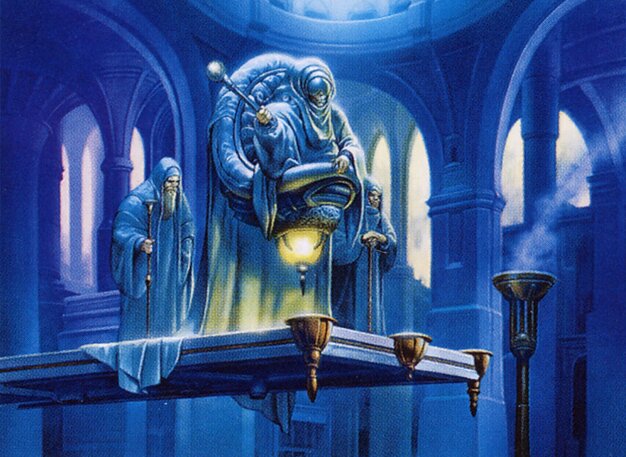
Grand Arbiter Augustin IV
Control and Stax, aiming to slow down opponents by taxing their spells and mana, locking the board with effects like Static Orb to restrict their resources and tempo.

Urza, Lord High Artificer
Artifact combo and ramp, using artifact synergies and powerful mana acceleration to cast big spells and assemble a winning combo, while leveraging counterspells for protection.
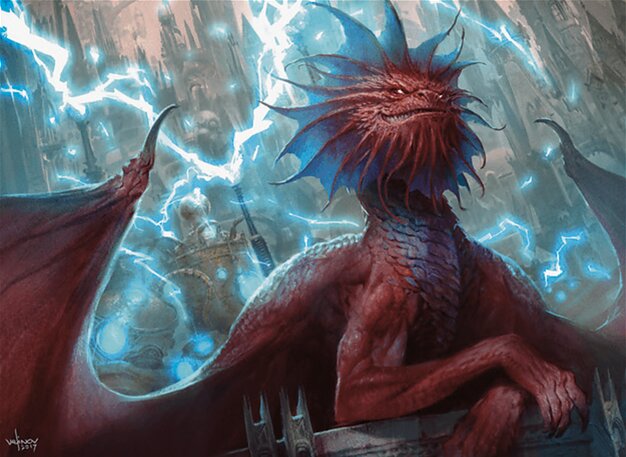
Niv-Mizzet, Parun
Control and card draw, focusing on counterspells and wheel effects to maintain a card advantage and protect the board, aiming to combo off with Niv-Mizzet's damage triggers.

Emrakul, the Promised End
A late-game big threat deck relying on Emrakul's powerful abilities, aiming to disrupt opponents by taking extra turns and manipulating the board state once it stabilizes.
Gameplay Insights
- 1
Grand Arbiter's Static Orb severely limited mana usage, forcing players to make difficult resource management decisions and slowing the game pace.
- 2
Urza's Sapphire Medallion allowed bypassing some of the taxing effects, enabling artifact plays despite the Stax-heavy board state.
- 3
Using Windfall to draw cards in a counterspell-heavy game created both risk and reward, as opponents could respond but the player had ways to protect the key spells.
- 4
Timing of key spells like Dramatic Reversal was crucial to maximize mana and board presence under restrictive conditions.
- 5
Counterspell wars dominated the midgame, with players carefully choosing when to expend resources to protect their combos or disrupt opponents.
- 6
The dynamic between Stax and combo decks highlighted the importance of interaction and strategic patience in multiplayer Commander games.
Notable Cards
-
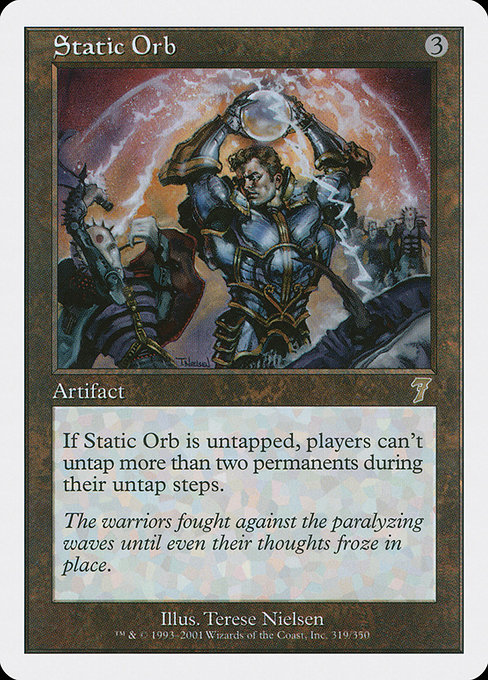
Static Orb
-
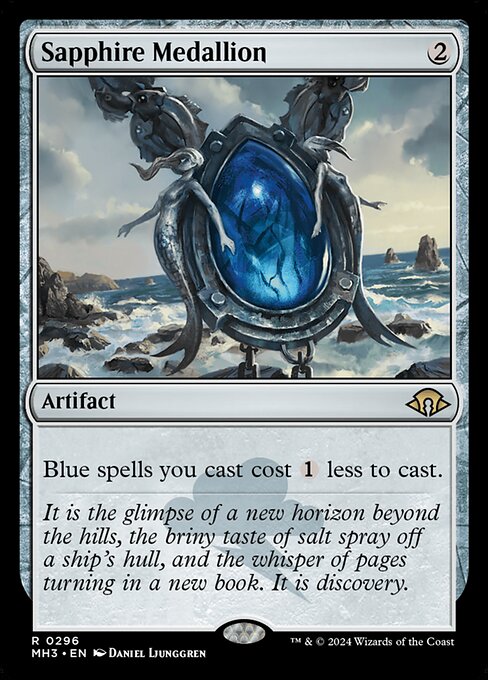
Sapphire Medallion
-
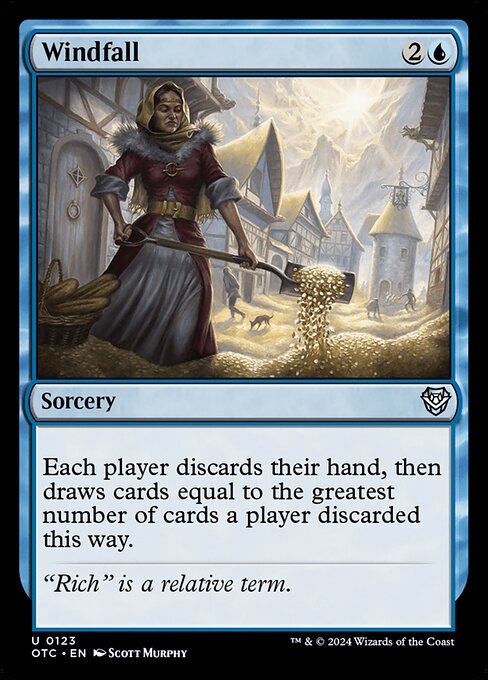
Windfall
-
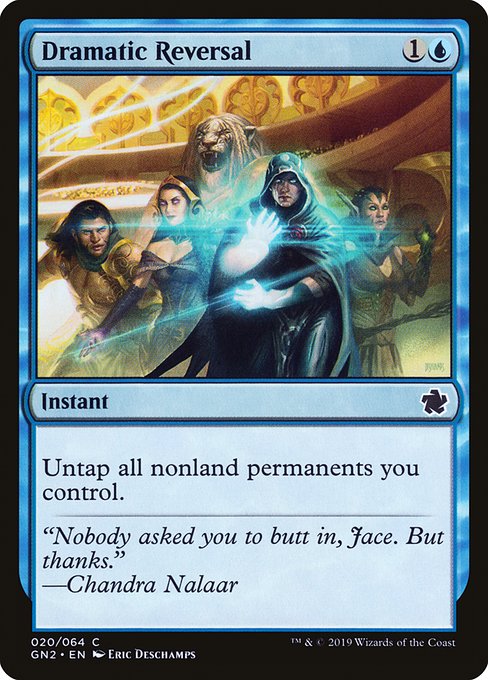
Dramatic Reversal
-
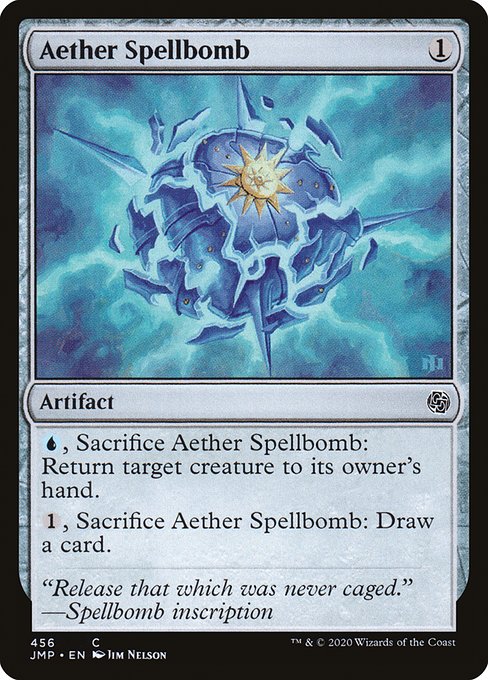
Aether Spellbomb
-
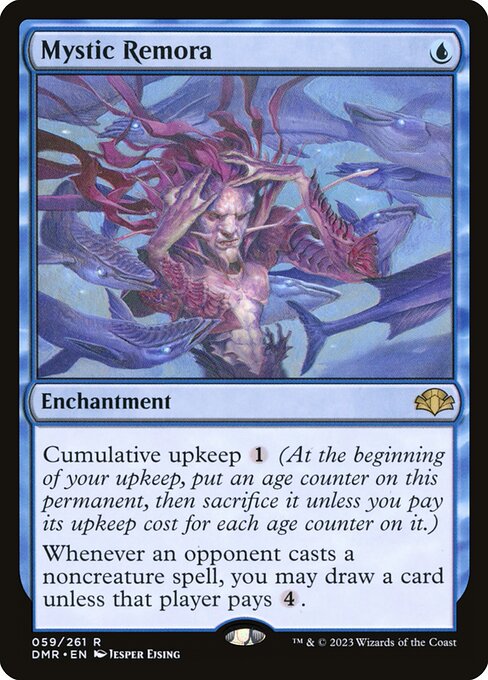
Mystic Remora
-
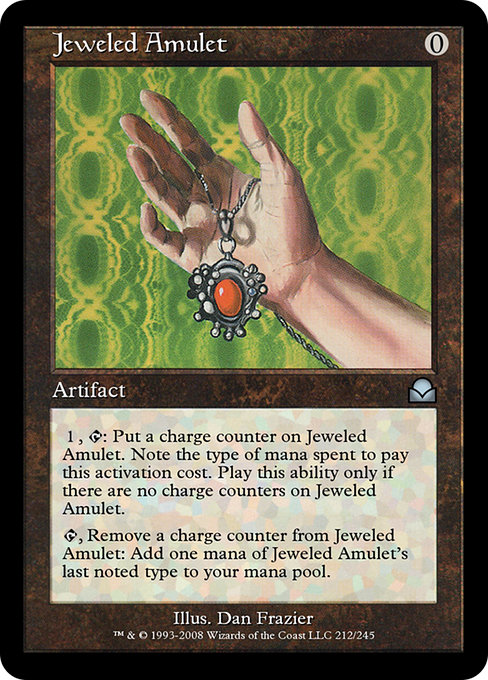
Jeweled Amulet
Gameplay Summary
The game featured a classic four-player Commander battle with iconic commanders: Grand Arbiter Augustin IV, Urza, Lord High Artificer, Niv-Mizzet, Parun, and Emrakul, the Promised End.
Early gameplay was heavily influenced by Grand Arbiter's control and Stax elements, notably the play of Static Orb, which severely restricted mana acceleration and board development for all players except the Stax player.
Urza's player leveraged Sapphire Medallion to partially bypass these restrictions, enabling artifact ramp and combo potential despite the taxing board state.
Niv-Mizzet focused on control and card draw, using counterspells and wheel effects like Windfall to maintain hand advantage, while Emrakul aimed for a late-game presence but struggled against the heavy control and Stax pieces on the board. A key turning point was Urza's use of powerful artifact synergies and interaction with counterspells to keep the board state manageable and set up for a potential combo finish.
The control-heavy meta slowed the game down considerably, with players forced into tough decisions due to mana restrictions and counterspell wars.
The interaction between Grand Arbiter's taxing effects and Urza's artifact ramp created a tense dynamic where each player had to carefully navigate resource management.
The game showcased the power of Stax and control decks to lock down opponents and highlighted the importance of timing when casting key spells in a counter-heavy environment.





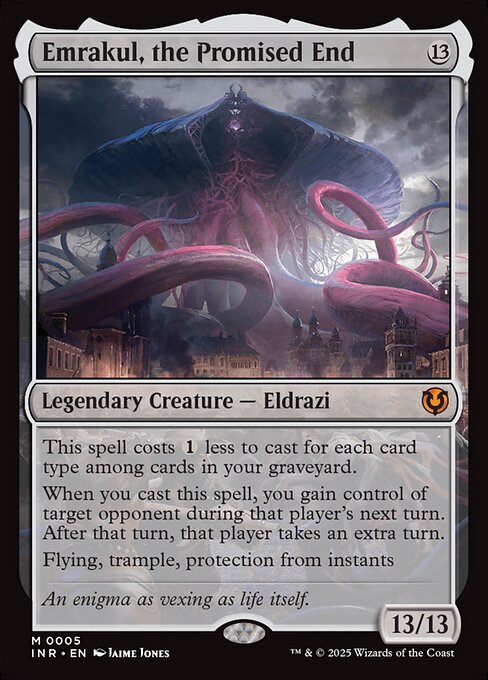













![Commander VS S15E1: Judith VS Emmara VS Vannifar VS Augustin IV [EDH] thumbnail](https://i.ytimg.com/vi/dyowiKsit9M/sddefault.jpg)









![Random Deck Roulette Part 2 [Commander VS 292] | Magic: The Gathering Commander Gameplay thumbnail](https://i.ytimg.com/vi/hLpAcqwvWD0/sddefault.jpg)


![Commander VS S13E3: Skullbriar vs Niv-Mizzet vs Tuvasa vs Etrata [EDH] thumbnail](https://i.ytimg.com/vi/5EGIlbpfVkE/sddefault.jpg)

![Commander VS S4E3: Emrakul vs Gisa and Geralf vs Ishkanah vs Ulrich [MtG: Multiplayer] thumbnail](https://i.ytimg.com/vi/ThoExHZN_qw/sddefault.jpg)


![Revenge of the Deck EP: 31 Jaxis v Emrakul v Zur v Myrel [EDH gamplay] thumbnail](https://i.ytimg.com/vi/JbbFmWA3R24/sddefault.jpg)



![Commander VS S16E1: Ayula VS Urza VS The First Sliver VS Yawgmoth [EDH] thumbnail](https://i.ytimg.com/vi/tkuMVsCr0s4/sddefault.jpg)

